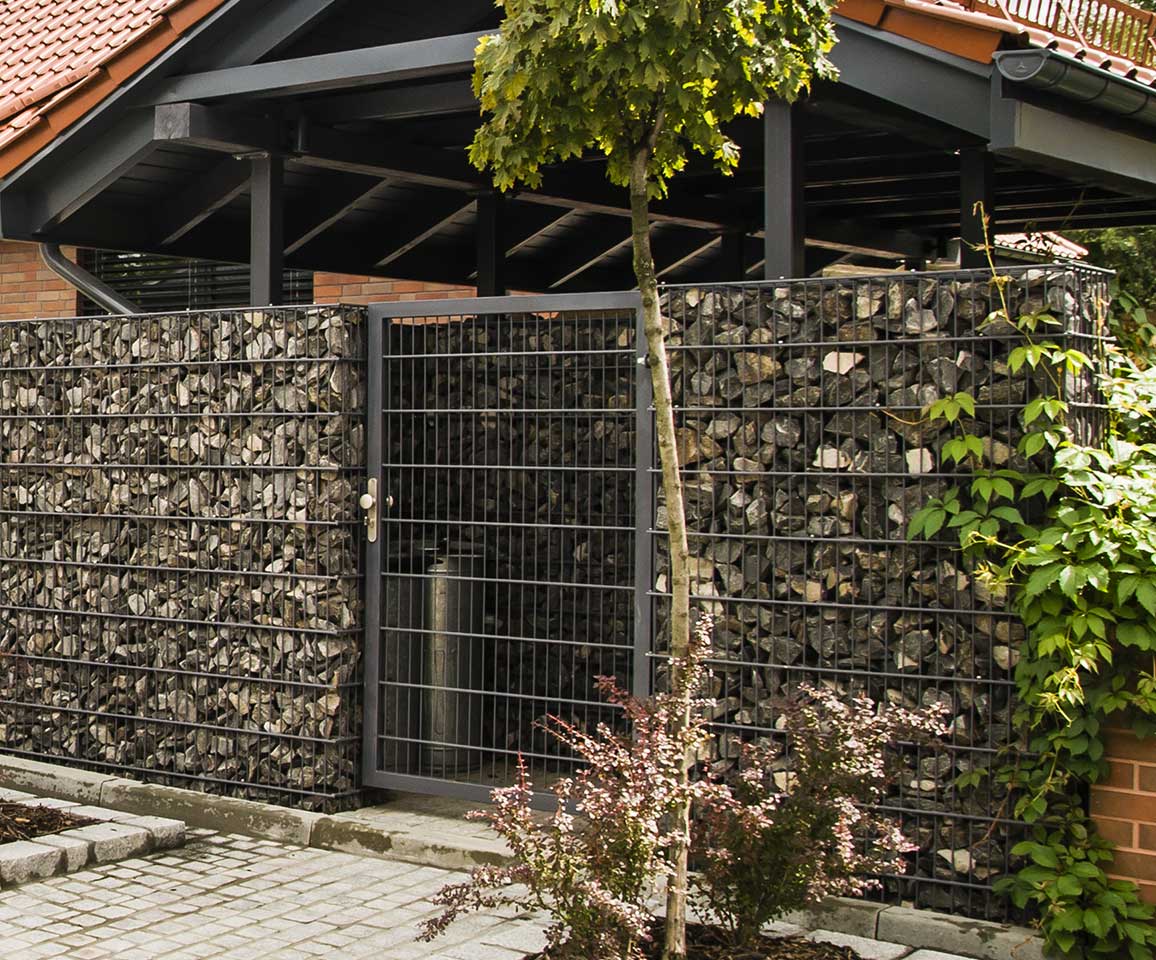Why Property Owners Are Investing in Gates to Mark Territory and Manage Traffic Flow
Why Property Owners Are Investing in Gates to Mark Territory and Manage Traffic Flow
Blog Article
The Evolving Function of Gates in Boundary Setting and Controlled Entry Systems
Gates have served for a long time double purpose in commercial and residential areas -- defining boundaries and managing access. Today, they are more than mere functional structures. They are architectural statements that reflect ownership, responsibility, and security. If they are placed at the entryway of a private home, a commercial facility, or an estate with a lot of land or estate, a gates (brány) sends a clear message: this property is protected, managed, and in control.

From a perspective of boundary gates are the last physical and visual element that ties in landscaping and fencing to mark the boundary of the property. They symbolize more than the lines on the map. A gate that is well-designed and constructed will assure visitors and passersby that the space beyond is private or protected and helps to reduce confusion over the boundaries between public and private territory begins. Homeowners, it provides peace of mind. For businesses, it helps to support the operation by keeping the premises tidy and restricting access to unnecessary areas.
Controlled access is among the key roles gates play especially in areas in which safety and security are the top priorities. With the rise of gate automation keys, keypad entry, and sensors-driven gates, the gate cannot be simply shut and opened by hand. Property owners have the capability to control access remotely, or even from inside a building. This reduces risks, limits visitors who aren't invited, and enhances the overall safety of employees, residents, as well as assets.
In many cases the presence of a gate also hinders casual intruders. It introduces a psychological boundary which prevents access by anyone who is not authorized before a physical barrier is in place. This is crucially vital in residential neighborhoods or in rural settings, where clearly marked boundaries help prevent trespassing or unintended visits.

Moreover, the style and structure of a gate add to the property's aesthetic appeal. Gates made of wrought iron, wooden sliders, or sleek aluminum designs all are a reflection of the style of the area and the tastes of the proprietor. While functionality is paramount however, the visual effect of gates is not to be undervalued. It adds curb appeal, reinforces architectural consistency, and adds an overall value to the property.
In the end, gates serve a powerful purpose in shaping how property is perceived and secured. They establish clear limits as well as strengthen ownership. They also enable control over who comes in and out. For privacy, security or just to organize, gates are not only structural elements -- they are active players in the administration and identification that any home. Report this page